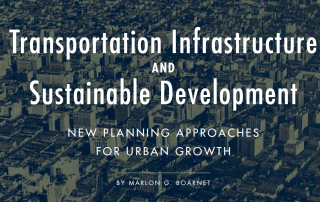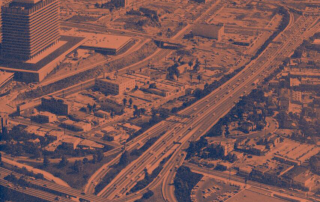Investing in Transportation and Preserving Fragile Environments
Martin Wachs and Jaimee Lederman
In the early 1970s, the California Department of Transportation (Caltrans) owned large tracts of environmentally sensitive land near Beach Lake in the Sacramento River Valley. The land, acquired in anticipation of future projects but deemed no longer necessary, was to be declared surplus property and sold according to department protocol. One enterprising staff member, however, was thinking differently. He urged Caltrans to hold on to the land and use it for environmental mitigation credit to offset damage from future transportation projects in other areas. In an unusual move, the agency adopted his creative proposal, and the experiment paid off handsomely. In the following decades, the land fulfilled mitigation requirements for 49 separate projects in 14 counties with documented cost savings to Caltrans of over $25 million.










